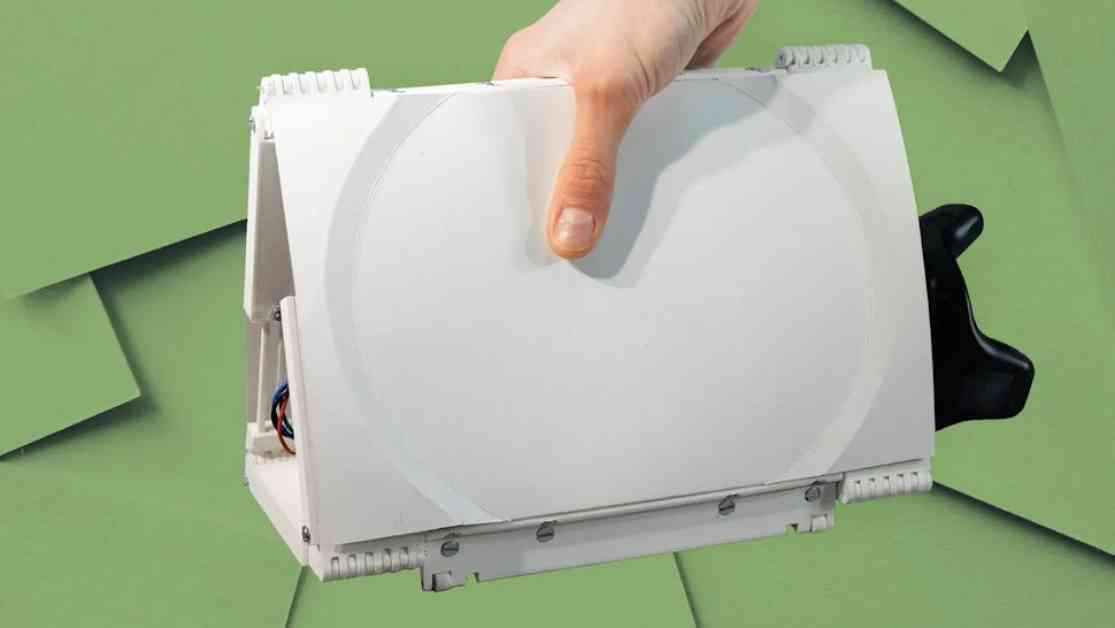Shiftly: A Unique Origami Shape-Shifting Haptic Device
In the world of video game technology, there’s something that never fails to amaze me – our ability to make it seem like we’re doing things that we’re actually not doing. It’s pretty crazy how quickly we adapt to pushing buttons to control our virtual selves. However, one area that has always been lacking in these interactions is feedback. Things like rumble feedback and even smell-a-vision can help, but they don’t quite capture the sense of touch.
VR technology has been leading the charge in developing various forms of haptic feedback, especially since it’s used in applications beyond just gaming. These innovations, often tailored for specific tasks, eventually find their way back into the gaming world. One such innovation that caught my eye is the origami-based Shiftly. This device uses intricate folds to replicate different shapes and surfaces for use in VR environments.
The Shiftly device gained attention after a study where participants tried it blindfolded and provided feedback. Subsequent tests in VR settings and at a conference in Los Angeles showed promising results. Users were asked to touch the device and then match it with an image that resembled what they felt. The general consensus is that Shiftly does a decent job of mimicking simple surfaces, thanks to its origami design. It can quickly transform for simple transitions, taking as little as 0.25 seconds, and only about 4 seconds for more complex ones. While it excels at representing curves and waves, sharp diamond shapes posed a challenge. Although it can’t replicate something as complex as a mug handle yet, the potential is evident.
Tobias Batik, an associate researcher at the Complexity Science Hub, believes that Shiftly has the capability to provide realistic haptic feedback for a variety of surface geometries. Batik initiated the development of Shiftly during his master’s thesis at TU Wien, Austria. While the current application of this technology in video games is limited, the possibilities are vast. Imagine enhancing the VR gaming experience by feeling different textures of minerals on planets in games like No Man’s Sky or sensing unique handles for weapons in games like Gorn. The idea of a finger skating game with tactile ramps or a bomb defusal game with a changing tactile box is thrilling.
As of now, these ideas remain dreams, but the potential for advanced haptic feedback in gaming is promising. While I enjoy my adventures on the VR treadmill, the prospect of tactile interactions in gaming excites me. The journey of integrating Shiftly-like technology into mainstream gaming may be a long one, but the results could revolutionize the gaming experience.
Hope, a seasoned gaming writer, has been sharing her passion for games for over a decade. She started her journey on the Australian Nintendo fan site Vooks.net and has since contributed to various publications like Techlife, Byteside, IGN, and GameSpot. At PC Gamer, she delves into the world of hardware, offering news and reviews for fellow tech enthusiasts. When she’s not raving about the latest creations in art and tech, she’s working on her own projects, aiming to create something truly unique. Hope’s futuristic sci-fi podcast is a testament to her creativity and vision.
Not really sure why this matters, but the Shiftly device seems to have the potential to revolutionize haptic feedback in gaming. Maybe it’s just me, but the idea of feeling textures and shapes in VR games sounds like a game-changer. Who knows, maybe we’ll soon be touching virtual worlds with the same ease as we push buttons today.

